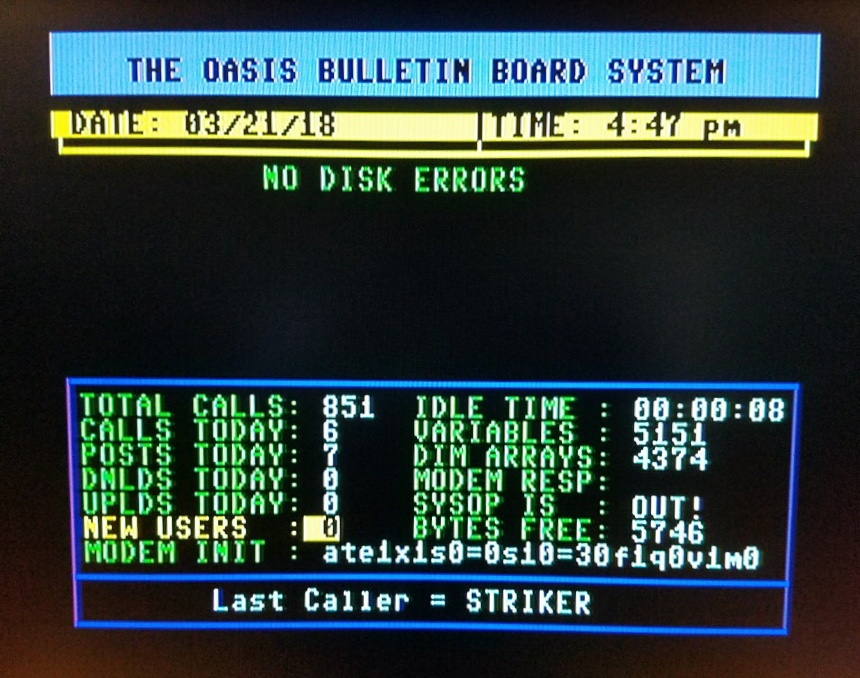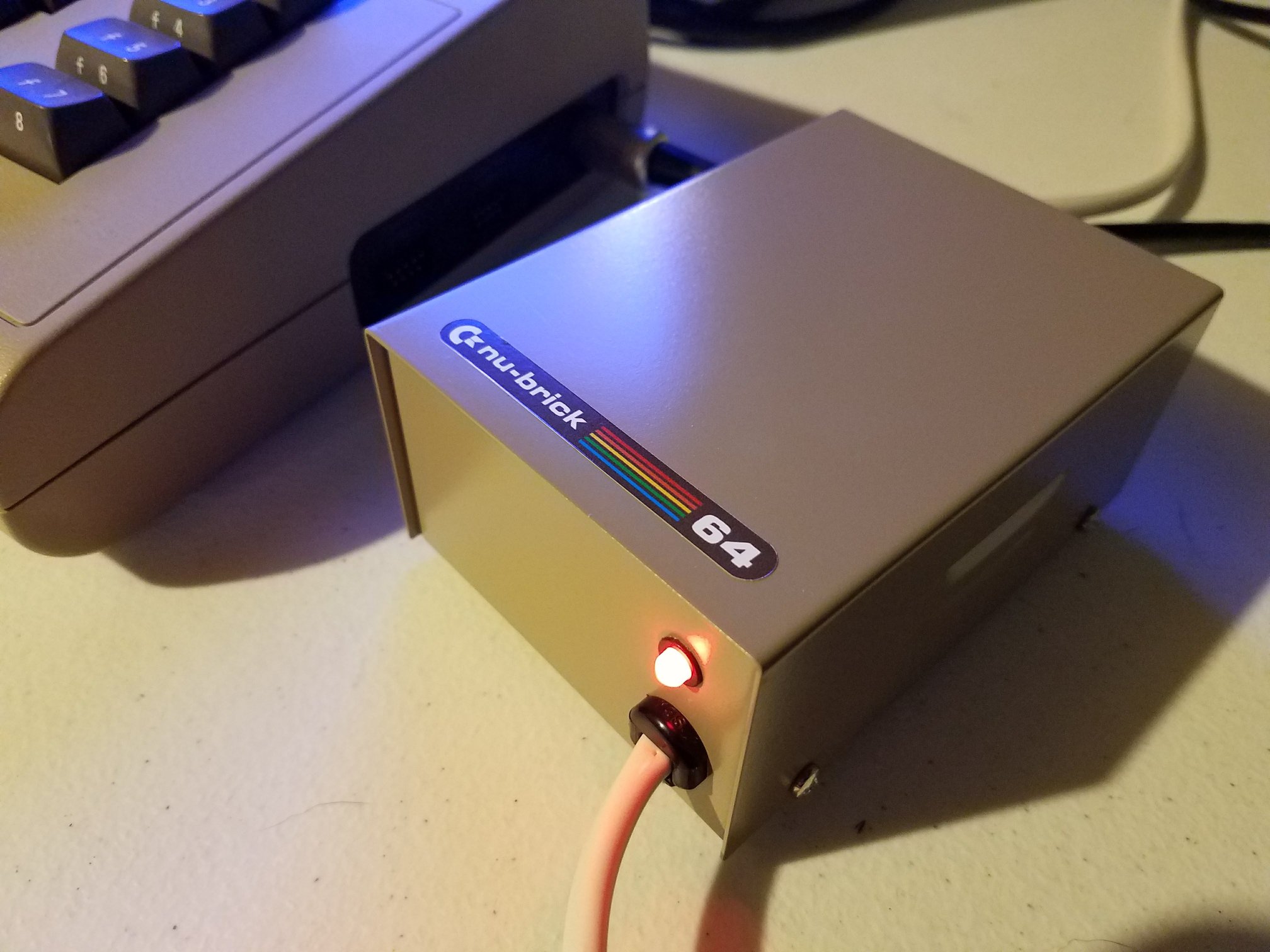From the notes:
Motorola 68060 CPU test on Amiga 1200 Blizzard PPC 603p 330MHz
There is an LC (Low-Cost) version, without an FPU[3] and EC (Embedded Controller), without MMU and FPU. The 68060 design was led by Joe Circello.
The 68060 shares most architectural features with the P5 Pentium. Both have a very similar superscalar in-order dual instruction pipeline configuration,[2] and an instruction decoder which breaks down complex instructions into simpler ones before execution. However, a significant difference is that the 68060 FPU is not pipelined and is therefore up to three times slower than the Pentium in floating point applications. In contrast to that, integer multiplications and bit shifting instructions are significantly faster on the 68060. The 68060 has the ability to execute simple instructions in the address generation unit (AGU) and thereby supply the result two cycles before the ALU. In the development of the 68060, large amounts of commercial compiled code were analyzed for clues as to which instructions would be the best candidates for performance optimization.
Against the Pentium, the 68060 can perform better on mixed code; Pentium’s decoder cannot issue an FP instruction every opportunity and hence the FPU is not superscalar as the ALUs were. If the 68060’s non-pipelined FPU can accept an instruction, it can be issued one by the decoder. This means that optimizing for the 68060 is easier: no rules prevent FP instructions from being issued whenever was convenient for the programmer other than well understood instruction latencies. However, with properly optimized and scheduled code, the Pentium’s FPU is capable of double the clock for clock throughput of the 68060’s FPU.
The 68060 is the last development of the 68000 family for general purpose use, abandoned in favor of the PowerPC chips. It saw use in some late-model Amiga machines and Amiga accelerator cards as well as some Atari ST clones and Falcon accelerator boards (CT60/CT63/CT60e, the latter of which was created in 2015), and very late models of the Alpha Microsystems multiuser computers before their migration to x86, but Apple Inc. and the Unix world had moved onto various RISC platforms by the time the 68060 was available. The 68060 was introduced at 50 MHz on Motorola’s 0.6 µm manufacturing process. A few years later it was shrunk to 0.42 µm and clock speed raised to 66 MHz and 75 MHz. Some users were managed to overclock rev6. 68060 CPU-s up to 120 or 133 MHz.
CPU clock rate 50, 60, 66, 75, 80, 110, 120, 133 MHz
Voltage supply
Vcore 3.3 V
I/O 5 V
Temperature −40 °C .. 70 °C (85 °C with the current mask)
Logic family Static CMOS
Production process CMOS 0.6 μm and later 0.42 μm
Chip carrier PGA 206 (compatible with 68040), TBGA 304 31*31*1.7P1.27
Address bus 32 bit
Data bus 32 bit
Instruction set CISC
Cache
8 KB DCache (4-way associative)
8 KB ICache (4-way associative)
96 byte FIFO Instruction Buffer
256 Entry Branch Cache
64 Entry ATC* MMU Buffer (4-way associative)
Register
8 for Address operations
8 for Data operations
Transistors ~2,500,000
Performance
~88 MIPS @ 66 MHz
~110 MIPS @ 75 MHz
~36 MFlops @ 66 MHz
~160 MIPS @ 120 MHz[13]
Developments of the basic core continue, intended for embedded systems. Here they are combined with a number of peripheral interfaces to reduce the overall complexity and power requirements of a design. A number of chips, each with different sets of interfaces, are sold under the names ColdFire and DragonBall.
The 68060 has a history in American broadcast television graphics. Chyron’s iNFiNiT!, Max!, and Maxine! series of television character generators use the 68060 as the main processor. These character generators were a fixture on many American television networks’ affiliate stations.[5]
In desktops, the 68060 is used in some variants of the Amiga 4000T produced by Amiga Technologies,[6] and available as a third party upgrade for other Amiga models. It is also used in the Amiga clone DraCo non-linear video system.[7]
The Q60 extended the Sinclair QL design similarly from the slowest start to the ultimate pace of the 68K architecture’s capabilities; these 68060-based motherboards[8]—at 66 MHz for the full 68060 or a non-FPU 68LC060 option overclocked to 80 MHz—are more than 100 times faster than the Sinclair QL while running the same operating systems.[9][10][11]
The 68060 was used in Nortel Meridian 1 Option 51, 61 and 81 large office PBX systems, powering the CP3 and CP4 core processor boards. A pair of these boards each sporting a 68060 could be used to make the PBX fault tolerant. This was a logical application as previous Meridian 1 cores used other Motorola chips. Nortel later changed the architecture to use Intel processors. [12]
The Motorola Vanguard 6560 multiprotocol router uses a 50 MHz 68EC060 processor.
Motorola MVME-17x and Force Computer SYS68K VMEbus systems use a 68060 CPU.







